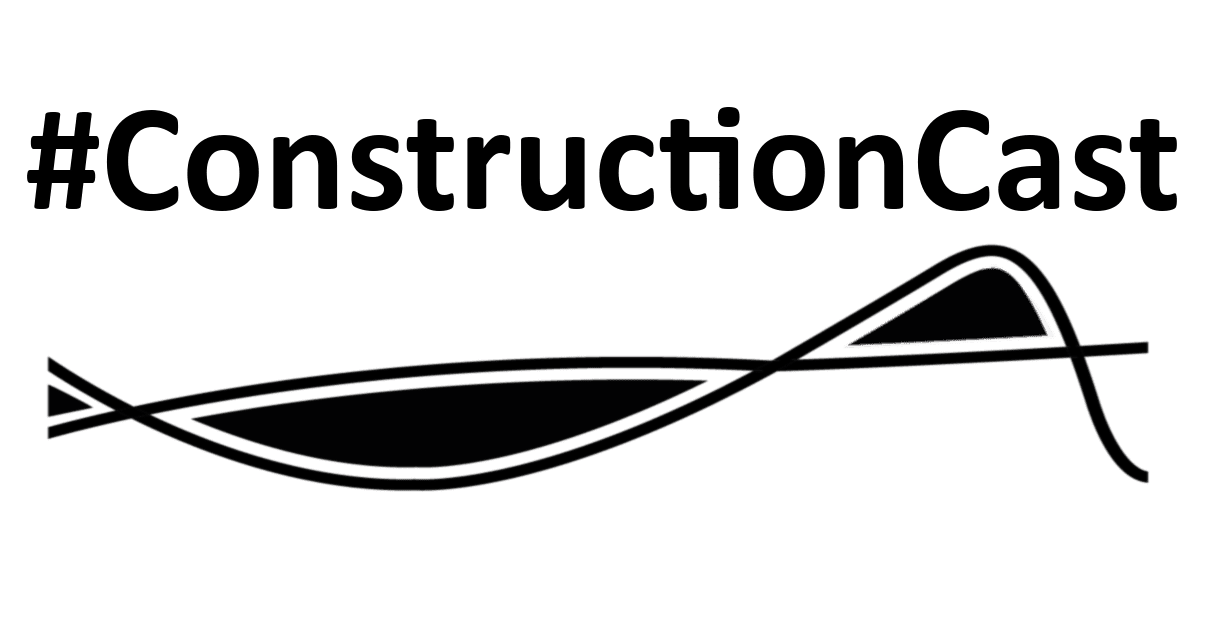What happened to BIM?
We were joined for a lively discussion, with Sarah Keyte (HKA), Ralph Montague (Arcdox) and DJ Gibbs (EY) this month. Firstly, the panel note that BIM and tech are not going away, we won’t be dropping computers and going back to paper anytime soon. Like Covid, two years ago it was all anyone could talk about. But we’re perhaps through the hype cycle. It’s maybe not at the front of people’s minds, but it’s still happening.
Watch the recording here, or catch up with our write-up below.
Two weeks ago the Irish Government reaffirmed their mandate. They’re using international cost management standards and BIM for projects over one million euros. Europe is really pushing the digital agenda and the green agenda in tandem.
Will people not currently involved or using BIM be ready when it becomes commonplace? As the team see it, BIM is not something you can switch on. It’s a skill, a competency that needs to be developed. You cannot just wait for a client to say, “Can you do BIM?”.
In recent years, the focus has changed from 3D models to information management. The underlying data of every single product in the construction process and how they connect to each other is key. You can measure and analyse information to help control cost, environmental impact, ongoing operations and more. As a regulated sector, we need to provide documentation for many reasons. In the UK we have seen a big move recently in the building safety post-Grenfell. All these changes and regulations will require documentation that must be organised and managed.
The Worldwide Perspective
For those operating internationally, the general sentiment is much the same. BIM and digital ways of working are mandated in Hong Kong, based on project value etc. There are a set of BIM uses, aspects like 3D design coordination, and using 4D models. This is somewhat different to the UK. In HK there is a drive for specific outputs – with an emphasis on doing certain things with information.
The UK is arguably more holistic, looking at wider information management. Ultimately the goal appears to be that of making information accessible for operation management and the full life cycle of the building. UK is perhaps more process driven than output driven.
However, no matter where you are in the world, the industry must recognise we need to do better. Very often this ‘better’ will require a change in the way things are done and the way information is managed and used.
The UK’s journey has been at a much slower pace, lots of iterations, discussions and documents have been produced. The rest of the world are starting to adopt these standards. In Hong Kong, there’s arguably been a little bit more experimentation. A willingness to fail initially, learn quickly and adopt tech on the next project in an improved way. This may seem like less of a robust process at times, but comes with the advantage of feeling like you are always moving forward.
In the Middle East the projects are incredible. However, the region is really embracing digital technologies. Again, the conversation has moved on to information management, which perhaps doesn’t create the exciting headlines it once did. But the idea is now that you capture data, recognise its power and embrace it for different purposes – whether cost, carbon etc.
MMC – Could the Recent Failures Have Been Avoided with Better Tech and IM?
There is a much deeper issue with industry change that needs to happen for offsite to work. We all remember that venture capitalists became very interested in MMC a few years ago. But factory overheads are big, and inflation rising. It’s not surprising that companies have run into trouble.
Information management and designs need to be completed very early in the process for MMC to work. Our industry is still really not set up for this. We’re not like F1, for example. Construction is always building a bespoke product. However, it is argued that we could standardise some of these components.
Closing remarks:
In conclusion, the sentiment is that we need to take risks, fail fast and be brave. If we wait for the perfect solution, we’ll be too far behind. A big part of the problem is that we’re not all pulling in the same direction. Some might argue that we need more protocols and more procedure to avoid errors. But actually, if you look at the energy sector, where all the contract will say is ‘include a 3D model’ you get much better models. In that sector, people are much more incentivised to get things right. Perhaps a more entrepreneurial approach could help construction?
Join us next time – keep your eye on the ConstructionCast page for the next event, and sign up to our mailing list so you don’t miss an episode!

